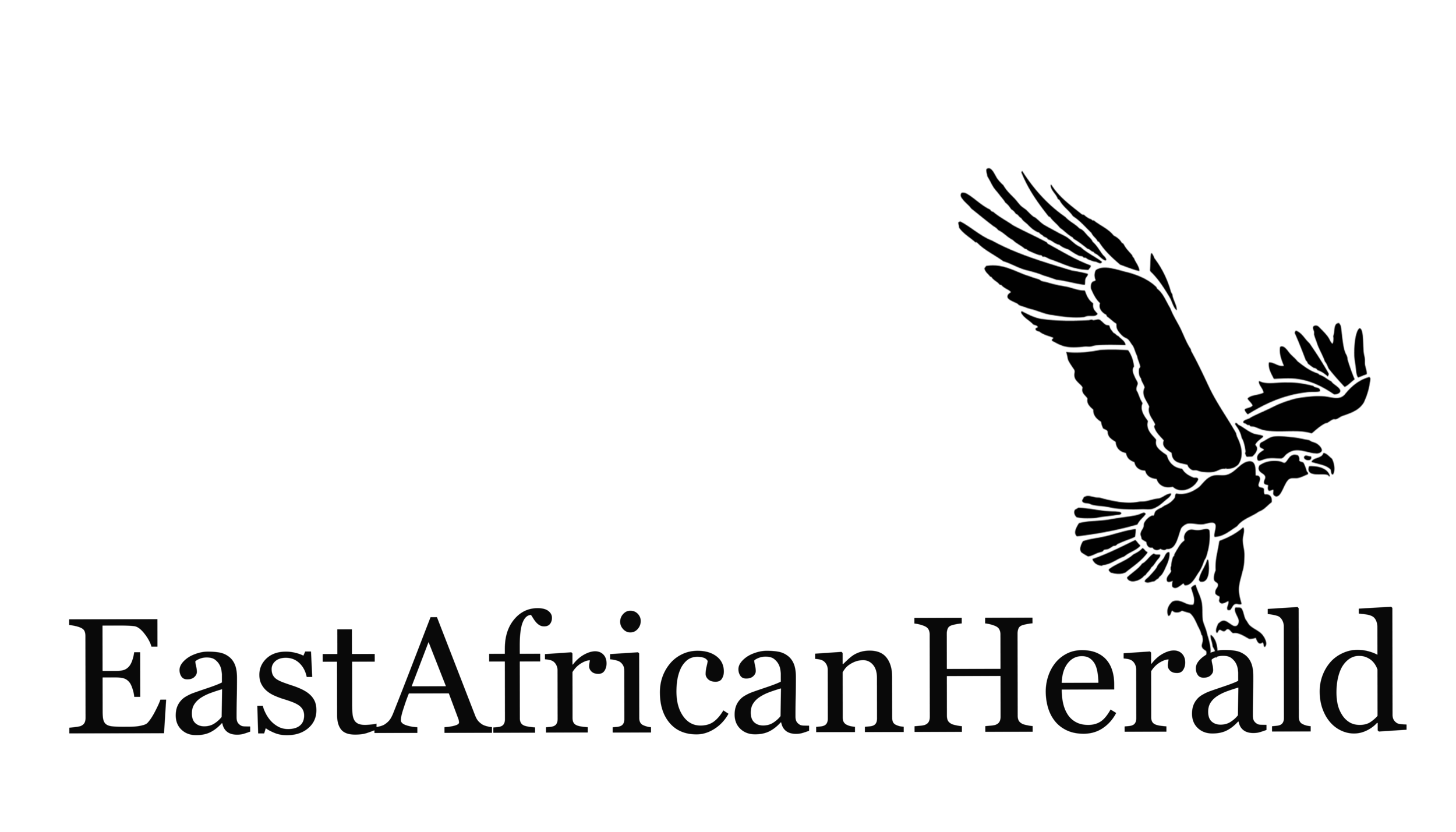Afrievolve: strengthening local organisations in East and West Africa
Conservation organisations play a critical role in advocating for the interests of local communities and in securing sustainable livelihoods. Despite this, local organisations in Africa often face challenges in securing long-term funding, and in building the skills and knowledge of their staff. This can limit their influence on political decision-makers, both at a national and regional level.
In order to strengthen Non-Governmental Organisations (NGOs) and the BirdLife Partnership network in Africa, we are part of the project AfriEvolve: Capacity Development for Green NGOs in Africa. This initiative enables six African BirdLife Partners (or candidate Partners) to improve their knowledge and expertise in civil society cooperation and climate adaptation in smallholder agriculture. AfriEvolve has a three-fold objective: to increase organisations’ capacities through mutual learning, to improve regional and trans-boundary collaboration along with inter-regional networking, and to enhance Partners’ expertise in Climate Smart Agriculture, directly benefiting local farmers in six countries.
The Partners are formed into a West African and East African regional cluster. Clusters are conceived as regional southern-driven cooperation platform facilitating peer-to-peer or mentoring exchanges of knowledge, skills and resources in order to emulate capacity-building and political empowerment among its members. The six partner NGOs are also introducing Climate Smart Agriculture at six selected sites. Each of the project areas is located in significant regions for the country’s biodiversity.
Yala is Kenya’s largest freshwater wetland, measuring 20,756 hectares, and is classed as a Key Biodiversity Area. The papyrus swamps are home to rare Blue-breasted Bee-eater Merops variegatus and Papyrus Gonolek Laniarius mufumbiri, among others.
On top to the marshlands at the North-eastern end of the Lake Victoria, two mountainous regions in East Africa have been selected as project areas. The Echuya Forest Reserve is a highland forest landscape at an altitude of 2,570 metres in the heart of the biodiversity-rich Albertine Rift in western Uganda. The Albertine Rift is known for its variety of endemic animal and plant species that inhabit the remaining primeval forests.
In North-east Tanzania, the Usambara Mountains are located not far from the Indian Ocean coast and the border with Kenya, in the Tanga region. The mountains are partly covered with remnants of very old (more than 30 million years) forests and are of outstanding importance for nature conservation.
In contrast, the project areas in West Africa are dominated by other ecosystems. Mole National Park is located in North-western Ghana, and is mostly formed of open savannah forests that are important wintering area for many migratory bird species, along with various mammals such as the African Elephant, Lion, Leopard and Bohor Reedbuck.
Azagny National Park in Côte d`Ivoire can be found 100 kilometres west of Abidjan, spreading 21,850 hectares along the coast of the Gulf of Guinea. With lagoons, evergreen primary forests, dry and wet coastal savannah, wetlands and mangrove areas, the park offers around 134 plant species and rare, endangered animal species such as Forest Elephant, Chimpanzee, Pygmy Hippopotamus, West African Manatee and Royal Antelope.
In Burkina Faso’s interior lies the Sourou Valley. With a total area of 20,926 hectares, this watershed, bordering with Mali, consists of broad floodplain marshes and acacia forests. Large parts of the area are dominated by agricultural land, where only trees of economic value remain. The valley is an Important Bird & Biodiversity Area, but the natural resources are under considerable pressure.
AfriEvolve is an initiative running from March 2021 to December 2023 implemented by Nature Kenya, Naturama, Nature Uganda, the Ghana Wildlife Society, Nature Tanzania and SOS Forêts. The Nature and Biodiversity Conservation Union (NABU – BirdLife in Germany) coordinates the project and cofunds it with BMZ, the German Federal Ministry for Economic Cooperation and Development. A final learning catalogue product, including all key webinars and field practices, will be developed to disseminate and scale up the experience among the BirdLife network. This article draws up a general project introduction.
This article originally came from Bird Life
Photo: Bird LIfe
